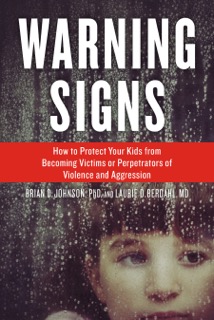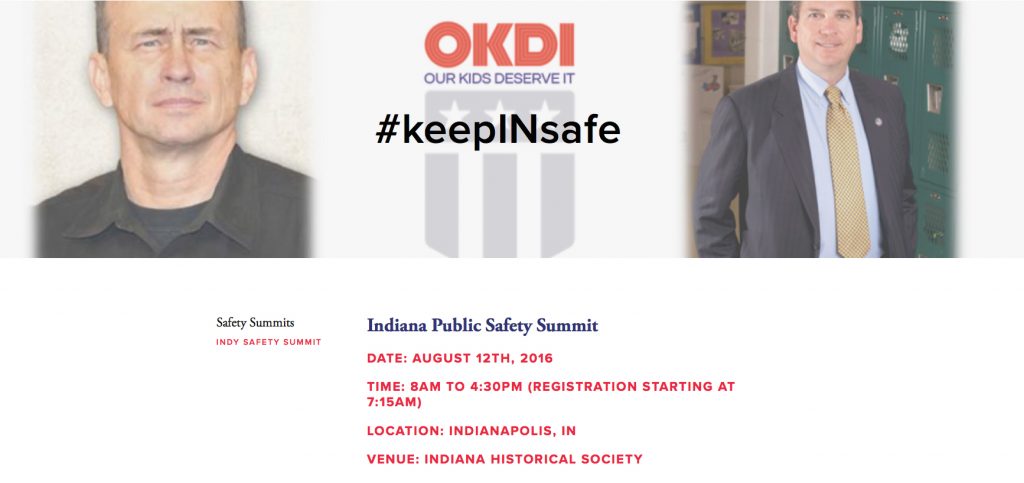A New Paradigm in School Safety Assessments
In the wake of the Sandy Hook Elementary School shooting in 2012, leadership teams of both public and non-public K12 schools began requesting school security assessments in record numbers. In a survey of Maine school superintendents that we conducted approximately 24 months after the shooting, we found that more than 70% of all Maine public school systems had conducted a security assessment since the Sandy Hook attack. We, like for-profit school security consulting firms we spoke to, received a record number of requests for proposals for school security assessment projects. Within six weeks of the attack, we were booked nearly solid for the rest of the 2012/2013 school year. I recall Gerald Summers saying that he felt that we would see this continue for another two years. I told Gerald that I thought requests would taper off within a few months. Was I ever wrong.
Requests for School Security Assessments Continue in the 2013/2014 School Year
Proving Gerald correct, the following school year was similar and we added more than 30 analysts to meet the steady and increased demand. Requests for assessments into the next fall with many clients requesting second assessments because they had not been satisfied with the firms they had selected. We found this to be particularly common for a number of independent school clients. In addition, many schools and school districts had to put funds in their annual budgets to cover the costs of school security assessments. We finally began to note a drop in school security assessments in the 2015/2016 school year. However, increased terrorist activity has since spurred a lot more interest in school security assessments.
The ISIS Effect
Just as things began to settle down, there has been a series of terrible acts of terrorism and foiled plots in France, Germany, Belgium, the U.K., Africa, the United States, and other countries. These acts have many parents, students and school officials concerned about the potential for school-related terrorism in the United States. Though K12 school-related terrorist attacks are very rare in contrast to terrorist attacks on other types of targets, they do happen with enough frequency to be a viable concern. In the past three months, this concern has correlated in a dramatic surge of requests for our services. From requests to conduct school security assessments and keynote presentations, to a request for a proposal on a book on mass casualty school violence, we have been developing several proposals per week for the past two months.
Saddened that Such High Demand Exists
While we love what we do and are not shy of work; however, we are truly saddened that our services are in such demand. As it is a good idea to have an external school security assessment periodically, it is time for many K12 schools and districts to have an updated outside evaluation. Fortunately, a proper school security assessment can identify ways to make schools safer and more effective places of learning in many other ways. My experience has been that while no measures are foolproof, comprehensive and properly conducted school security assessments can prevent many tragic events.

